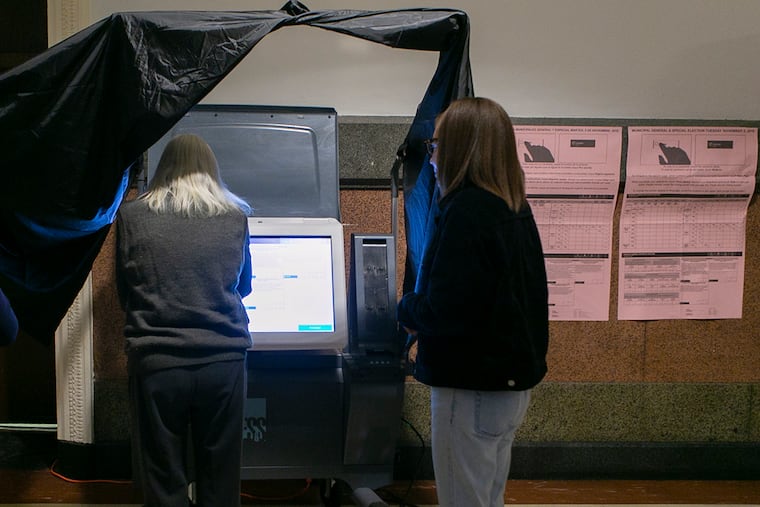How does a Republican lead on election night and still lose Pennsylvania? It’s called the ‘blue shift.’
The “blue shift” is a little-known phenomenon that could further complicate the already complex task of declaring a winner in Pennsylvania on election night.
